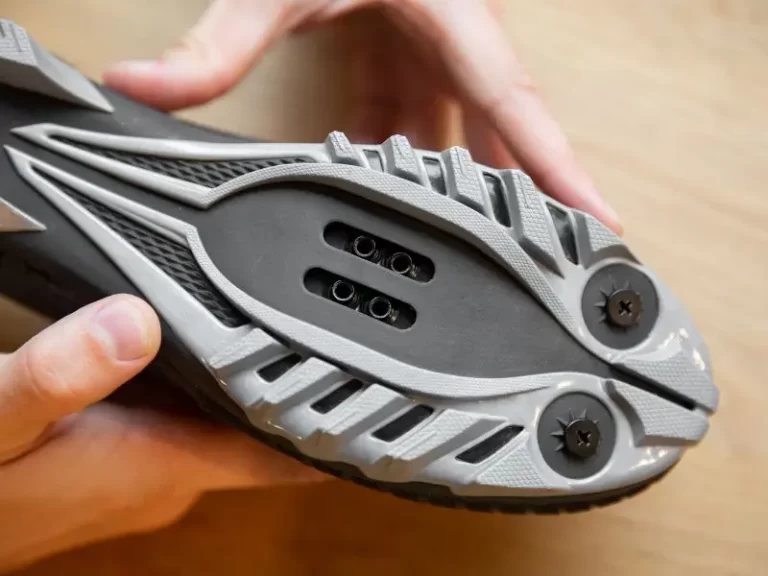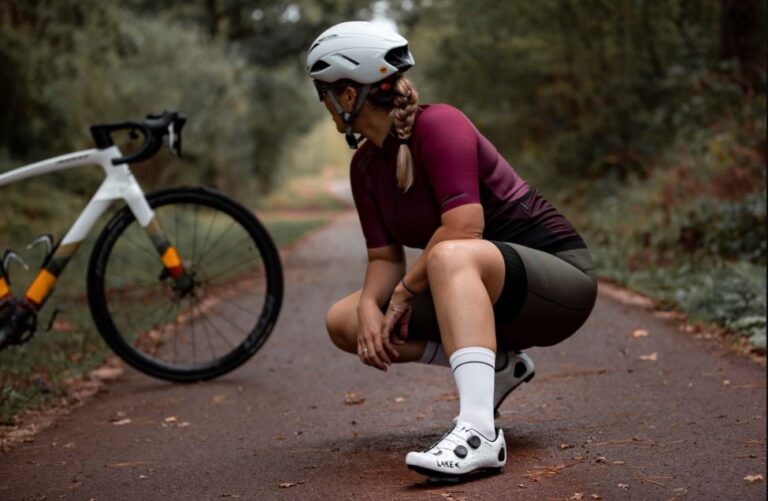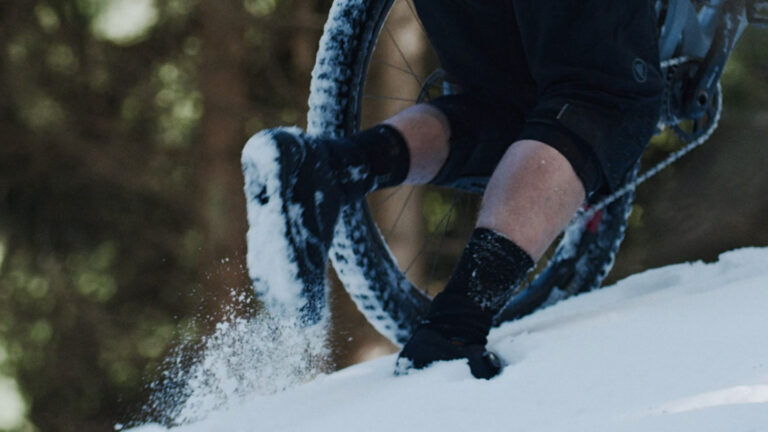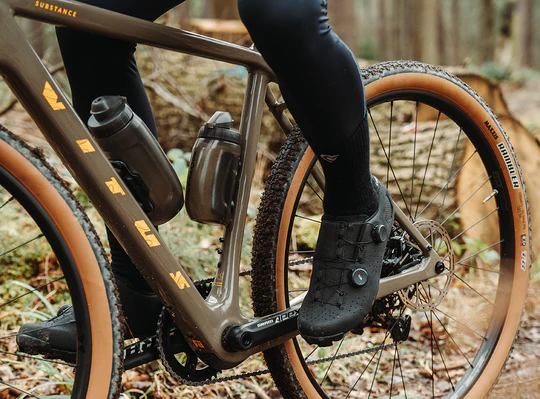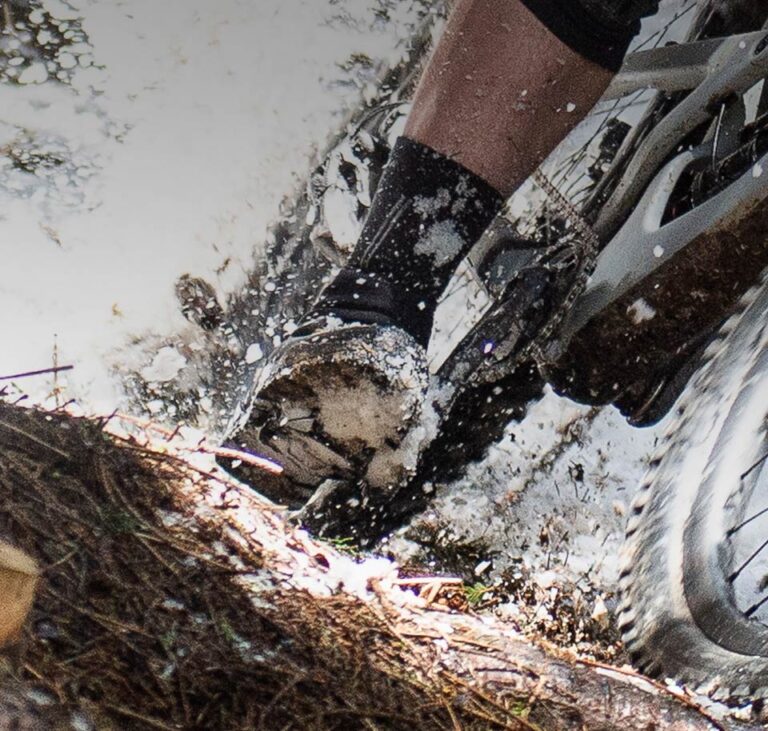Sole Stiffness and Flexibility in Gravel Bike Shoes: Finding Your Perfect Match

Key Point Summary of Sole Stiffness and Flexibility in Gravel Bike Shoes:
- Balance Between Stiffness and Flexibility: Essential for maximizing pedal efficiency while ensuring comfort during off-bike sections.
- Impact on Pedal Efficiency: Stiffer soles transfer power more effectively but may compromise walking comfort.
- Flexibility for Comfort: Necessary for walking or hike-a-bike sections common in gravel riding.
- Material Considerations: Affects both the stiffness and overall weight of the shoe.
Throughout my cycling journey, which has spanned the rugged terrains of mountain biking to the unpredictable paths of gravel biking and the competitive fields of cyclocross, I’ve come to realize the pivotal role footwear plays in performance and comfort. Gravel biking, with its unique blend of off-road challenges and long-distance endurance, demands a specific type of shoe.
Here, we delve into the importance of sole stiffness and flexibility in gravel bike shoes, drawing on insights to help cyclists, especially those with beginner to mid-level experience, make informed choices.
The Significance of Sole Stiffness
In the realm of cycling shoes, sole stiffness is a critical factor that directly impacts pedal efficiency. A stiffer sole ensures minimal energy loss during the pedal stroke, translating more of your effort into forward motion. This is particularly crucial in gravel biking, where varied terrain and long distances can amplify the effects of inefficiency.
However, the quest for stiffness must be balanced with the need for comfort, especially given the nature of gravel riding. Unlike road cycling, gravel adventures often involve sections where you’ll need to dismount and walk. A shoe that’s too rigid can make these moments cumbersome and uncomfortable.
Finding the Right Balance
The ideal gravel bike shoe strikes a harmonious balance between stiffness for pedaling and enough flexibility to comfortably walk when necessary. Manufacturers achieve this through innovative designs and materials, such as carbon fiber for stiffness and rubber treads for grip and flexibility.
From personal experience, shoes that lean too much towards either extreme can detract from the gravel riding experience. A ride that involved an unexpected hike-a-bike section over rocky terrain highlighted the limitations of overly stiff cycling shoes. Conversely, shoes with excessive flexibility can lead to fatigue on long rides, as more energy is expended with each pedal stroke.
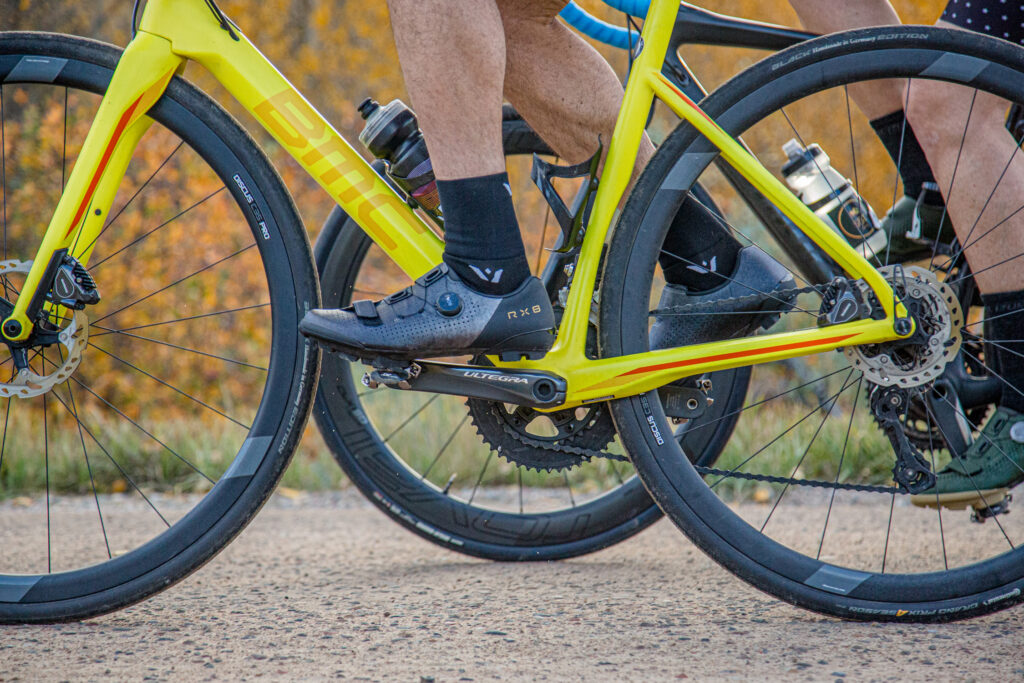
Material Matters
The materials used in the construction of gravel bike shoes play a significant role in determining their stiffness, flexibility, and weight. Carbon soles offer the greatest stiffness and lightweight, enhancing pedal efficiency but often at a higher cost. Composite materials provide a middle ground, offering a blend of stiffness and flexibility at a more accessible price point.
Wrapping Up
Selecting the right gravel bike shoes requires careful consideration of how sole stiffness and flexibility will affect your riding experience. The optimal choice varies among riders, influenced by personal preference, riding style, and the typical terrain encountered.
By prioritizing a balance that meets both your pedaling needs and off-bike comfort, you can enhance your performance and enjoyment on gravel rides. The best gravel bike shoes are the ones that you don’t have to think about once you’re on the bike, allowing you to fully immerse in the adventure that awaits.
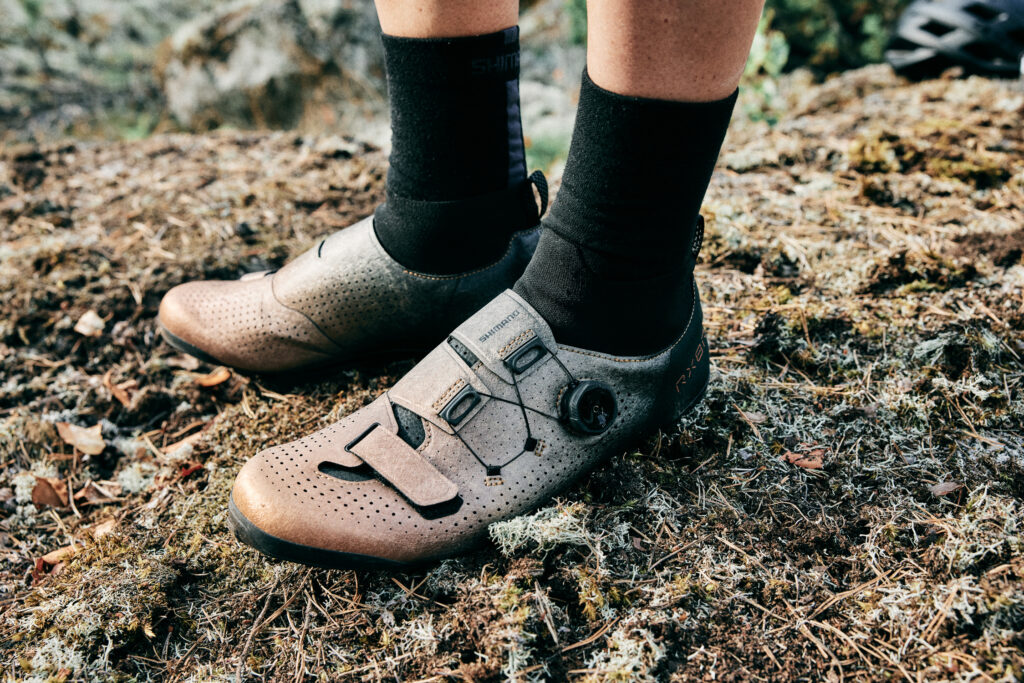
To summarize the insights on the importance of balancing sole stiffness and flexibility for gravel biking footwear, the Shimano RX8 emerges as an outstanding option. This shoe skillfully blends the necessary stiffness for effective power transmission on the bike with sufficient flexibility for comfort during walk sections, which are common in gravel adventures.
Specially tailored for gravel enthusiasts, the RX8 incorporates a carbon composite sole that optimizes stiffness for pedal efficiency while maintaining enough pliability for ease of walking on rough surfaces. It addresses the unique requirements of gravel riders, offering a shoe that excels both during ride and in moments off the saddle.
Highlighting features like its lightweight design, secure fit to minimize power loss, and materials designed for superior comfort and breathability, the Shimano RX8 represents an ideal balance between performance and comfort. It’s a top recommendation for riders seeking a gravel bike shoe that adeptly handles the varied demands of gravel riding.
John
FAQ
Are stiff or flexible cycling shoes better?
Whether stiff or flexible cycling shoes are better depends on your cycling discipline and personal preference. Stiff shoes are better for road cycling and racing where efficiency and power transfer are key, while flexible shoes may be preferred for casual riding, mountain biking, or any situation requiring more walking comfort.
What is a good stiffness index for cycling shoes?
A good stiffness index for cycling shoes varies by use; road cycling shoes often have a higher stiffness index, around 8 to 12, offering maximum power transfer. For more versatile or comfort-oriented riding, such as gravel or mountain biking, a slightly lower index, around 6 to 8, can provide a good balance between efficiency and walking comfort.
Why do cycling shoes have stiff soles?
Cycling shoes have stiff soles to maximize power transfer from the rider to the pedals. The stiffer the sole, the less energy is lost through the shoe flexing, making each pedal stroke more effective and improving overall riding efficiency.
Are stiffer shoes better?
Stiffer shoes are generally considered better for performance-oriented cycling (e.g., road racing, time trials) as they offer superior power transfer. However, for casual riding, off-road, or any situation where walking comfort is also important, a less stiff shoe may be more appropriate, balancing efficiency with comfort.

